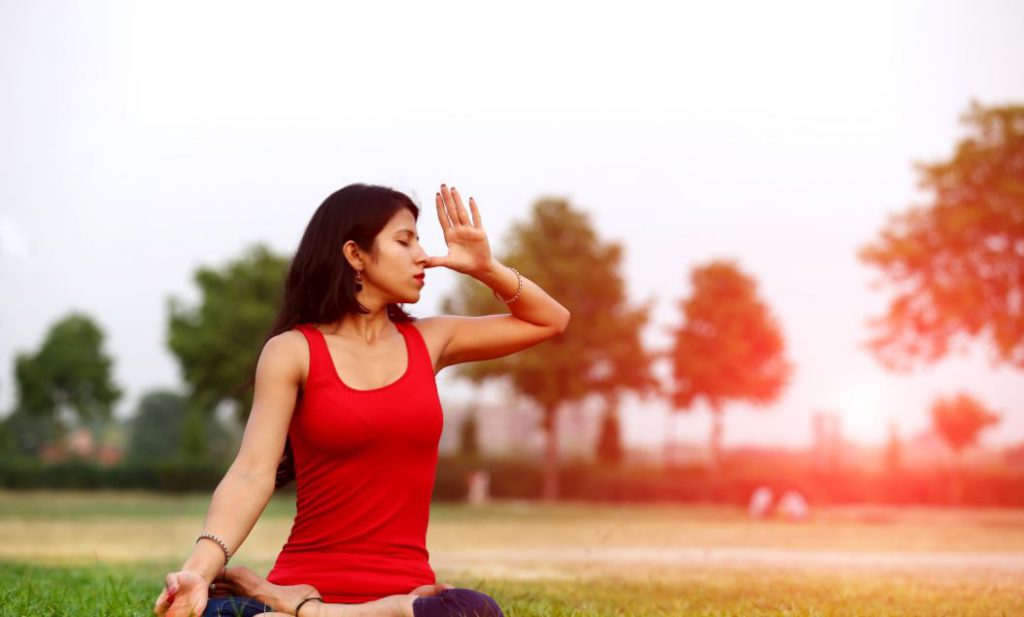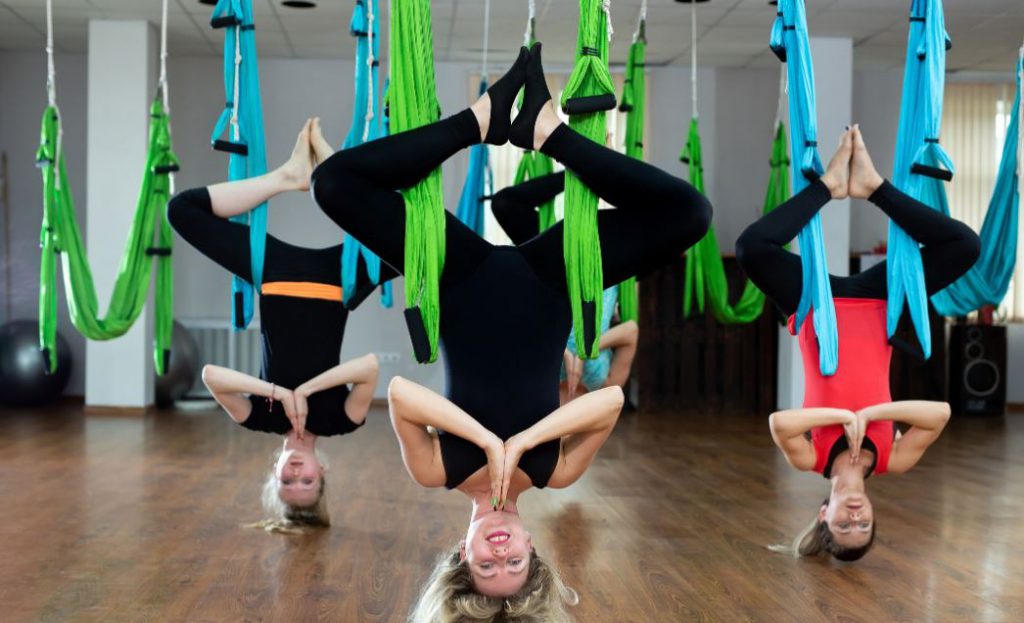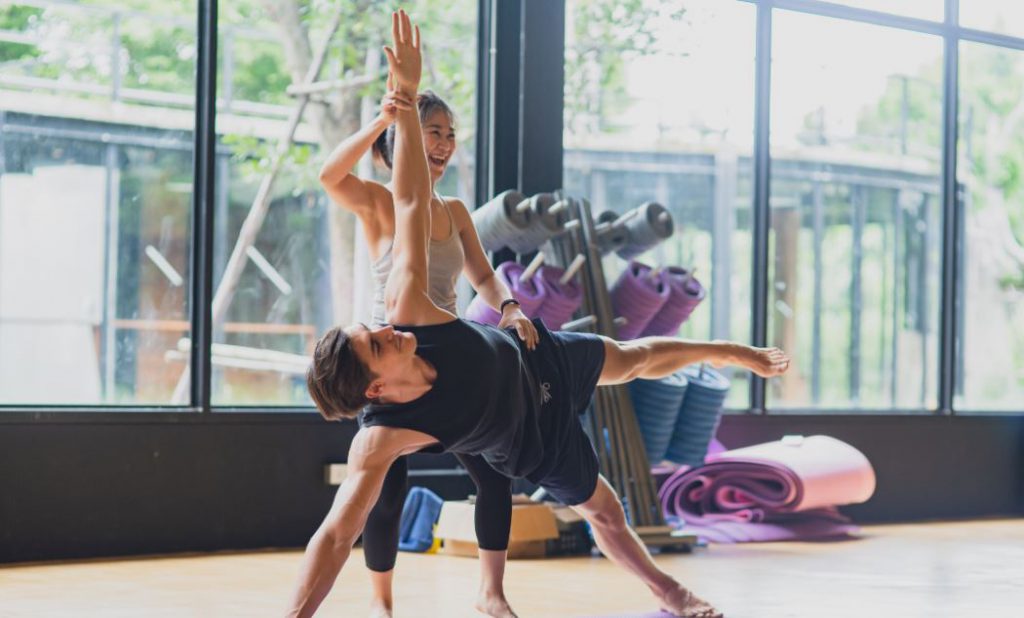Understanding the Differences Between Hatha, Ashtanga, and Vinyasa Yoga
Yoga, with its diverse forms and practices, has gained immense popularity for promoting physical, mental, and spiritual well-being. Among the various styles, Hatha, Ashtanga, and Vinyasa stand out as prominent choices for practitioners. In this article, we’ll delve into the differences between Hatha, Ashtanga, and Vinyasa yoga, shedding light on their unique characteristics, benefits, and the ideal practitioners for each style.
Hatha Yoga: The Foundation of All Yoga Styles
Hatha yoga, often referred to as the foundation of all yoga styles, focuses on the physical postures (asanas) and breath control (pranayama). The word “Hatha” is derived from Sanskrit, where “Ha” represents the sun, and “Tha” represents the moon, symbolizing the balance between opposing forces. Hatha yoga is characterized by its slow and gentle pace, making it suitable for beginners and individuals of all fitness levels.
Read More: Effect of Yoga on Digestive System
Key features of Hatha yoga include:
- Basic Asanas: Hatha classes typically involve a set of basic postures, held for an extended period. This allows practitioners to build strength, flexibility, and endurance gradually.
- Breath Awareness: Emphasis is placed on breath awareness and control, with synchronized breathing patterns during each pose. This helps in calming the mind and improving concentration.
- Flexibility and Balance: Hatha yoga aims to achieve balance in the body, promoting flexibility and balance through a series of static poses.
- Ideal for Beginners: Due to its gentle nature, Hatha yoga is an excellent starting point for beginners, providing a solid foundation for more advanced practices.
Ashtanga Yoga: Dynamic and Structured
Ashtanga yoga, popularized by Pattabhi Jois, is a dynamic and physically demanding style that follows a specific sequence of postures. This method involves synchronizing breath with a progressive series of postures, leading to a vigorous and challenging practice. Ashtanga is well-suited for those seeking a structured and disciplined approach to yoga.
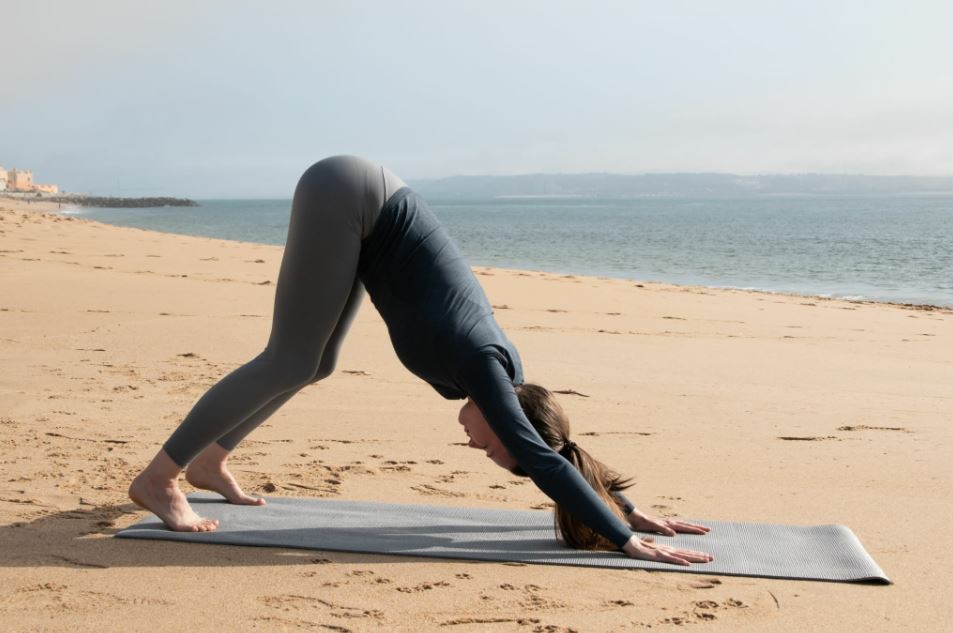
Key features of Ashtanga yoga include:
- Structured Sequence: Ashtanga follows a predetermined sequence of postures, ensuring a consistent and systematic practice. There are primary, intermediate, and advanced series, with practitioners advancing as they master each sequence.
- Vinyasa Flow: The practice involves a continuous flow of movements, with each pose linked by specific breath patterns. This dynamic flow generates heat within the body, promoting detoxification and enhancing physical strength.
- Physical Intensity: Ashtanga yoga is physically demanding, requiring strength, flexibility, and endurance. It is best suited for those who enjoy a challenging workout and are already physically fit.
- Mysore Style: Ashtanga classes may be led or follow the Mysore style, where practitioners move through the sequence at their own pace under the guidance of a teacher.
Vinyasa Yoga: Flowing with Breath and Movement
Vinyasa, often referred to as “flow” yoga, is characterized by its smooth transition between poses, seamlessly linking breath with movement. This style is creative and varied, allowing for a more personalized and adaptable practice. Vinyasa is an excellent choice for those seeking a dynamic and fluid yoga experience.
Check: How to Become a Yoga Instructor in India
Key features of Vinyasa yoga include:
- Breath Synchronization: Similar to Ashtanga, Vinyasa places a strong emphasis on synchronizing breath with movement. Each pose flows into the next, creating a continuous and harmonious practice.
- Creative Sequencing: Vinyasa classes offer a creative and flexible approach to sequencing, allowing instructors to design varied and unique practices. This makes it suitable for practitioners of all levels.
- Cardiovascular Benefits: The dynamic nature of Vinyasa yoga provides cardiovascular benefits, making it an excellent choice for those looking to improve overall fitness.
- Accessible to All Levels: While some Vinyasa classes can be challenging, modifications and variations are often provided, making it accessible to practitioners of all levels.
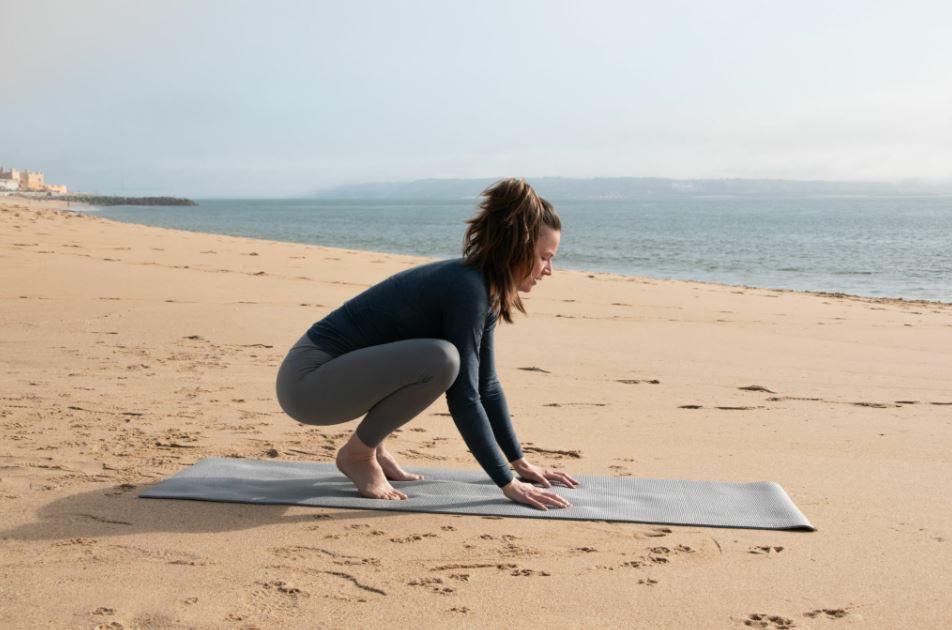
Choosing the Right Style for You
Deciding which yoga style is right for you depends on various factors, including your fitness level, preferences, and goals. Here’s a brief guide to help you make an informed decision:
- Hatha Yoga: Ideal for beginners or those seeking a gentle and foundational practice. It’s also suitable for individuals looking for a slower-paced, meditative experience.
- Ashtanga Yoga: Suited for physically active individuals who enjoy a structured and challenging practice. It’s recommended for those who appreciate routine and discipline.
- Vinyasa Yoga: Perfect for those who prefer a dynamic and creative practice. Vinyasa is adaptable to different fitness levels and offers a variety of sequences, making it accessible to a broad range of practitioners.
In conclusion, Hatha, Ashtanga, and Vinyasa yoga are three distinct styles, each offering unique benefits and experiences. Hatha serves as a gentle introduction to yoga, Ashtanga provides a structured and disciplined approach, and Vinyasa offers a dynamic and creative flow. Ultimately, the best style for you depends on your personal preferences, fitness level, and goals. Whichever style you choose, the practice of yoga is a journey of self-discovery and holistic well-being.
Read More: How to Do Yoga Inversions for Beginners
